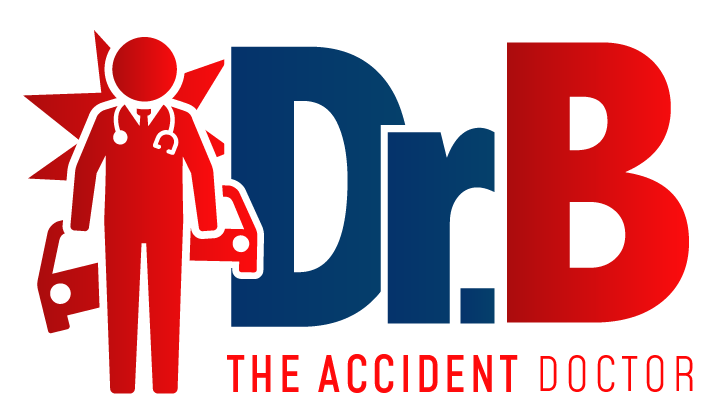You usually don’t think about your shins until they hurt, right? And by then, you could be looking at some major downtime. Also, known as medial tibial stress syndrome, “Shin splints” is a general term for a condition caused by inflammation to the anterior or posterior muscles and tendons in the lower leg or adjacent soft tissue along the shin bone (tibia). Shin splints often occur when your legs are overworked. Sometimes your shins pick up the slack for body parts that are weak. Whoever has experienced the pain of shin splints knows the frustration in dealing with this common overuse injury.
What Exactly Are Shin Splints?
It is a common term which can include a number of diagnoses or causes, and is not an actual injury or diagnosis by itself. It is the name athletes often give to pain along the inside of the shinbone. Medial tibial stress syndrome or medial tibial traction periostitis is a more accurate description of what is usually going on.
The muscles of the lower leg pull on the periosteum, or the sheath surrounding the shin, causing pain and inflammation. This is actually an overuse injury resulting from increasing running mileage too quickly, excessive training on hard surfaces and running on your toes as in sprinting repetitions.
SHIN SPLINTS SYMPTOMS
Symptoms often come on gradually and consist of pain over the inside lower part of the tibia or shin. There may be pain at the start of exercise which often eases as the session continues, only to come back worse later in the training session or afterwards.
TREATMENT
Treating shin splints involves reducing pain and inflammation, identifying and correcting training errors and biomechanical problems and restoring muscles to their original condition through stretching, exercises and massage.
- Apply the RICE principle: of rest, ice, compression and elevation to reduce initial pain and inflammation. Apply a cold therapy and compression wrap to the painful area of the shin for 10 minutes every hour initially, then reducing frequency to 3 or 4 times a day as symptoms improve.
- Rest: avoid running, jumping or any other activities that make symptoms worse. Replace running with swimming or cycling. If you have to be on your feet a lot, then applying a simple shin taping technique can reduce the strain on the lower leg, helping rest the soft tissues and can often instantly relieve painful symptoms. Taping can be applied all the time until pain has gone and then occasionally during exercise as activity levels are built up.
- Protect and support the area with a shin splint sleeve or compression support: This will help keep the muscles warm and supple, as well as providing support to the inflamed tissues.
- Anti-inflammatory medication: Take medication such as Ibuprofen in the early or acute stage (do not take if you have asthma), and orthotic insoles to correct biomechanical problems of the foot may be prescribed. A full rehabilitation program with exercises, particularly stretching for the calf muscles, is important with a very gradual return to full fitness. Finding a cure for shin splints can involve combining a number of different treatment techniques together.
- Exercises: Exercises are needed to stretch the muscles of the lower leg, in particular calf stretching exercises, and will stretch the tibialis posterior muscle which is often associated with shin pain. Calf stretching exercises should be done both with the knee straight and bent. Strengthening exercises may also be required, although being an overuse injury it is rest and stretching which should be the priority. A gradual return to full fitness is important. Calf raises and toe raise exercises can help get the muscles of the lower leg working again. Read more on exercises for shin splints.
- Surgery: If all conservative treatment fails then surgery is an option, although this is rare.
If you suffer from shin splints or pain in your lower legs, call the Auto & Work Injury Walk-in Clinic at 210-342-2777, or request an appointment online.









